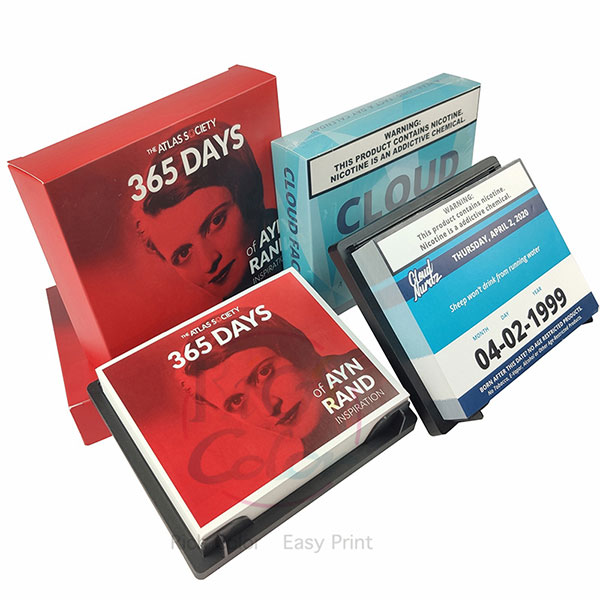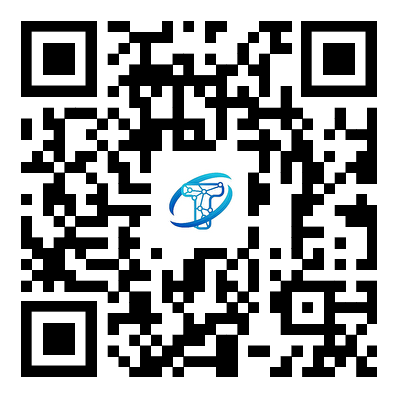Seamless Tearing: A Guide to Ensuring Clean Edges on Tear-Off Calendar Pages
2023-12-13
Introduction:
The joy of tearing off a calendar page is a simple yet satisfying daily ritual. Whether it's marking the end of a day or counting down to an exciting event, the ease and cleanliness of tearing off each page contribute to the overall experience. In this blog, we'll delve into the factors that ensure tear-off calendar pages are easy to tear and have a clean edge, making each flip a seamless and enjoyable moment.
Quality Paper Matters:
1. Choose the Right Paper Weight:
The weight of the paper used for your tear-off calendar is a crucial factor. Opt for a paper weight that strikes a balance between thickness and flexibility. Too thin, and the pages may tear unevenly; too thick, and tearing may become challenging.
2. Consider Paper Texture:
The texture of the paper can impact how easily pages tear. Smooth, coated papers generally provide a cleaner tear compared to rough or textured surfaces. Additionally, a smooth texture enhances the overall tactile experience of flipping through the calendar.
Precision in Printing:
1. Accurate Printing and Cutting:
Precision in the printing and cutting process is essential for clean tear-off edges. Ensure that each page is accurately printed and that the cutting process is precise, with uniform edges that align seamlessly.
2. Pay Attention to Perforation:
Perforation is a key element in tear-off calendars. Well-designed perforations create a line of weakness along which the page can be easily torn. The perforation should be consistent across all pages to ensure uniform tearing.
Binding Methods Impact Tearing:
1. Consider Binding Impact:
The binding method used for tear-off calendars can influence how easily pages tear. Spiral binding or Wire-O binding, which allows the pages to lie flat, often facilitates smoother tearing compared to other binding methods.
Design Considerations:
1. Mindful Layouts:
The layout of each tear-off calendar page can influence how easily it tears. Avoid placing essential design elements too close to the edge to prevent interference with the tearing process. Leave ample space for clean tearing.
2. Perforation Placement:
Strategic placement of the perforation line is critical. It should be positioned near the top or bottom of the page, where tearing is most natural. Avoid placing perforations in the middle of important images or text.
Practical Testing:
1. Conduct Tear Tests:
Before mass production, conduct tear tests to ensure that the tearing process meets expectations. Test various paper weights, perforation placements, and binding methods to find the combination that provides the cleanest tear.
2. User Feedback:
If possible, gather feedback from potential users during the testing phase. Their experiences with tearing off pages can provide valuable insights into the user-friendliness of your tear-off calendar design.
Regular Quality Checks:
1. Inspect Production Runs:
During the production process, conduct regular quality checks to ensure that the printing, cutting, and perforation meet the desired standards. Catching any issues early can prevent a large batch of calendars with subpar tearing quality.
Conclusion: Crafting the Perfect Tear-Off Experience
Creating tear-off calendar pages that are easy to tear and have a clean edge requires a thoughtful combination of quality materials, precision in production, and user-centric design. Each aspect, from the choice of paper to the placement of perforations, contributes to the overall tear-off experience. As you embark on the journey of designing your tear-off calendar, let the joy of tearing become a seamless and delightful ritual, making each page-turn a small moment of satisfaction in the rhythm of daily life.



